Search
Search Results
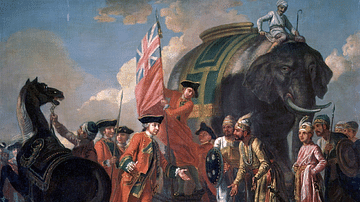
Article
Battle of Plassey
The Battle of Plassey on 23 June 1757 saw Robert Clive's East India Company army defeat a larger force of the Nawab of Bengal. Victory brought the Company new wealth and marked the beginning of its territorial expansion in the subcontinent...

Image
Map of the World in the 14th Century
The 14th century was a time of crisis and transformation across much of the world. Plague, war, shifting power structures, and intellectual ferment reshaped societies from Asia to Africa, Europe to the Americas. Despite profound instability...
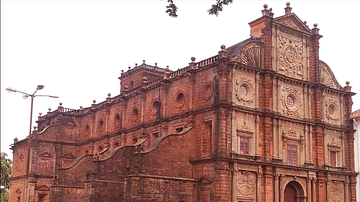
Definition
Portuguese Goa
Goa, located on the west coast of India, was a Portuguese colony from 1510 to 1961. The small coastal area was conquered by Afonso de Albuquerque (c. 1453-1515) and became an important trade hub for the Eastern spice trade. Goa was the capital...

Definition
Chief Joseph (Eastman's Biography)
Chief Joseph (Heinmot Tooyalakekt, l. 1840-1904) was the leader of the Wallowa band of the Nez Perce Native American nation, who, in 1877, resisted forced relocation from his ancestral lands in the Wallowa Valley of northeastern Oregon and...
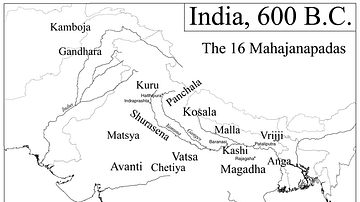
Image
Map of India, 600 BCE
Mahajanapadas (Sanskrit: महाजनपद, Mahājanapadas), literally "great realms", (from maha, "great", and janapada "foothold of a tribe", "country") were ancient Indian kingdoms or countries. Ancient Buddhist texts like Anguttara Nikaya make...

Article
Global Trade in the 13th Century
In the 13th century, astonishing quantities of spices and silk passed from the Far East to Europe. Exact amounts are not known, but spice popularity in both cuisine and medicine reached its historical peak during the Middle Ages in Europe...
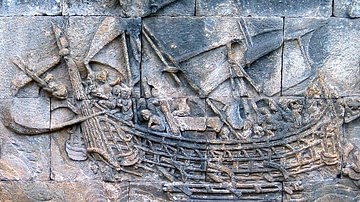
Article
Naval Warfare in Ancient India
The navy in ancient India carried out three roles: it was used to transport troops to distant battlefields, participate in actual warfare, and was primarily meant for protecting the kingdom's trade on sea and navigable rivers and the maritime...

Definition
Koh-i-Noor
The Koh-i-Noor diamond (also Koh-i-Nur or Kūh-e Nūr) is one of the largest and most famous cut diamonds in the world. It was most likely found in southern India between 1100 and 1300. The name of the stone is Persian meaning ‘Mountain of...
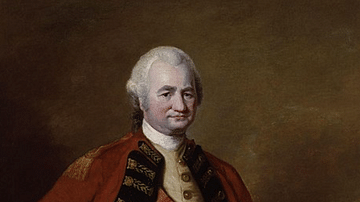
Definition
Robert Clive
Robert Clive (1725-1774), also known as 'Clive of India' and Baron Clive of Plassey, masterminded the expansion of the East India Company in India. Best known for his victory at Plassey in Bengal in 1757, Clive's reputation suffered in his...
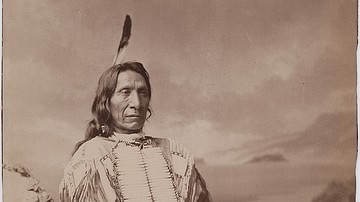
Article
Eastman's Biography of Red Cloud
Eastman's biography of Red Cloud (l. 1822-1909) is the first narrative of his Indian Heroes and Great Chieftains (1916), and it sets the tone for those that follow, including the pieces on Sitting Bull and Crazy Horse, in explaining the motivation...